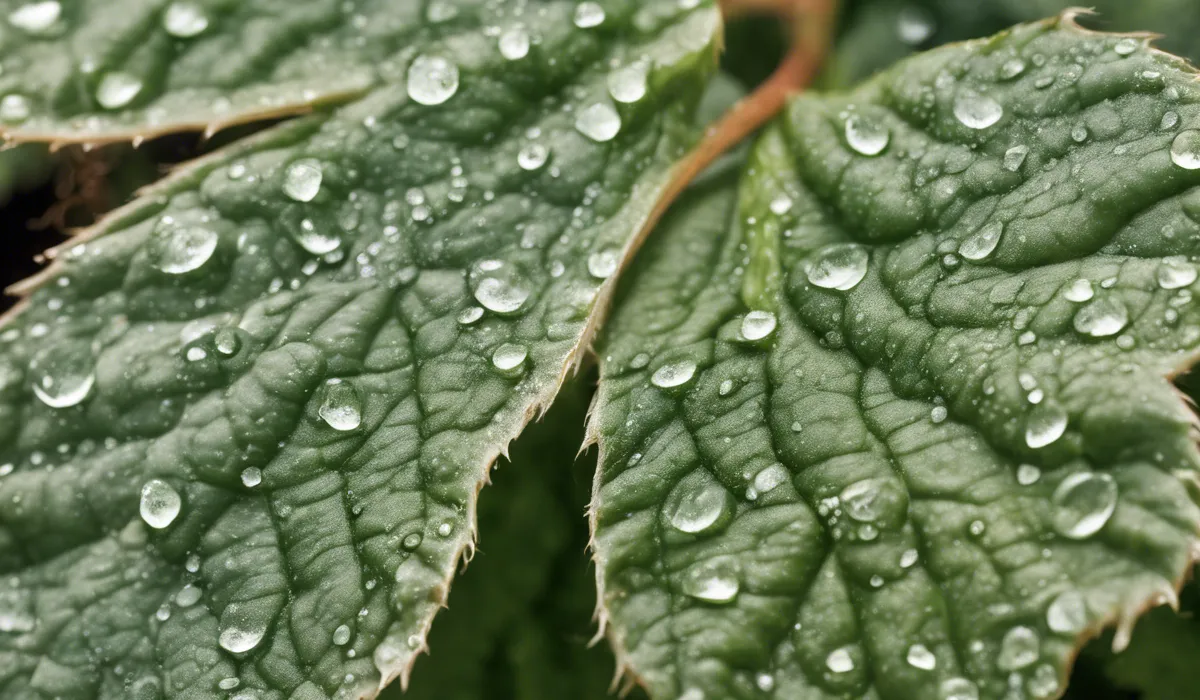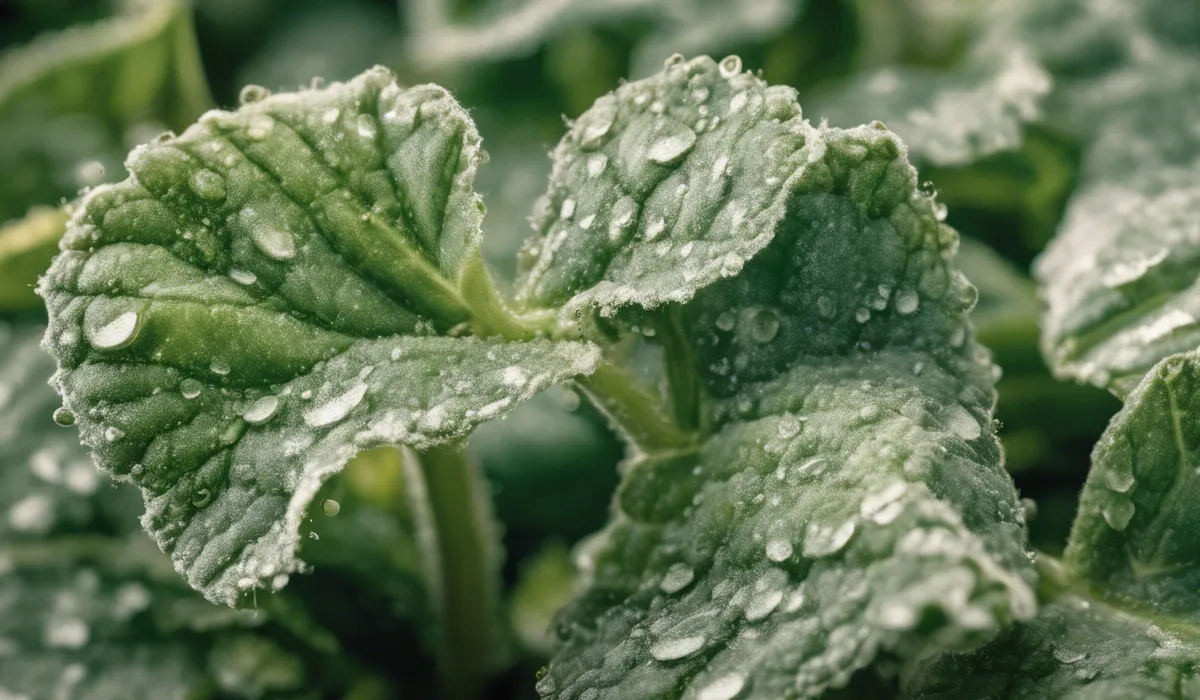Spray for powdery mildew when you first notice the white, powdery spots on leaves, typically in dry, warm conditions. Apply fungicide early in the growing season as a preventative measure or at the onset of infection. Reapply according to product instructions, usually every 7-14 days.
Understanding Powdery Mildew

Definition of Powdery Mildew
Powdery mildew is a type of fungal disease that affects a wide range of plants. It manifests as a white or gray powdery growth on the surface of leaves, stems, and sometimes fruits.
This disease thrives in warm, dry climates and can spread rapidly if left unchecked. Powdery mildew weakens plants by inhibiting photosynthesis and sapping essential nutrients.
Common Plants Affected by Powdery Mildew
Many plants can fall victim to powdery mildew, including vegetables like squash and cucumbers, ornamentals such as roses and phlox, and fruit trees including apples and grapes.
While it does not usually kill plants outright, it can significantly reduce yields and the aesthetic quality of the affected species.
Symptoms of Powdery Mildew Infestation
The first sign of powdery mildew is usually the appearance of white or gray powdery spots on the foliage.
As the disease progresses, leaves can become yellow and dry, and may eventually fall off. Severely affected plants may have stunted growth, and their fruit may not develop properly.
Lifecycle of Powdery Mildew Fungus
Powdery mildew fungi overwinter in plant debris and initiate infection during warm, dry conditions, usually in the spring.
Spores are windborne and can infect plants over a wide area. The lifecycle continues as long as conditions are favorable, with new spores being produced and spreading the infection further.
Optimal Conditions for Treatment

Environmental Conditions Conducive to Powdery Mildew
Powdery mildew thrives in warm weather with low humidity, especially when nighttime temperatures are cooler than daytime temperatures.
It often takes hold when plants are in shaded or crowded conditions where air circulation is poor. Understanding these conditions can help you decide when to apply treatments.
Timing for Preventive Applications
Applying fungicide early in the growing season, before high-risk conditions develop, can serve as a preventive measure.
As a general rule, begin treatment when you first notice the white, powdery spots or during times known for powdery mildew outbreaks in previous years.
Factors Influencing the Effectiveness of Fungicides
The effectiveness of fungicides against powdery mildew depends on several factors including the type of fungicide used, the rate of application, and the timing of treatments.
Fungicides are most effective when applied at the first sign of infection and before the disease spreads extensively.
Importance of Monitoring Weather Forecasts and Plant Health
Regularly monitoring the weather forecast can help predict and prevent powdery mildew outbreaks. Dry, warm conditions are ideal for the disease, so be vigilant during these times.
Additionally, keeping an eye on plant health and watching for the early symptoms of powdery mildew can inform your spraying schedule.
Best Practices for Spraying

Selection of Appropriate Fungicides
Choose fungicides that are specifically labeled for control of powdery mildew. There are several types available, including sulfur-based fungicides, biological fungicides, and systemic fungicides.
Each type has its own advantages and limitations, so it’s important to select one that suits your specific needs and the plants you are treating.
Instructions for Mixing and Applying Fungicides
Follow the manufacturer’s instructions carefully when mixing and applying fungicides. Ensure that you wear protective clothing and equipment to safeguard your health.
Apply the fungicide evenly to all affected areas, including the undersides of leaves where powdery mildew often starts.
Scheduling Treatments for Maximum Efficacy
Timing is critical for controlling powdery mildew. Reapply fungicides according to the product instructions, usually every 7 to 14 days.
However, be mindful of the weather conditions and the plant’s growth stage to adjust the schedule as needed for maximum efficacy.
Safety Precautions When Handling and Spraying Chemicals
Always prioritize safety when handling and spraying chemicals. Wear protective clothing, such as gloves, goggles, and masks, to prevent skin contact and inhalation of the fungicide.
Ensure that other people and pets are away from the area during application and until the fungicide has dried completely.
Follow-Up Care for Treated Plants and Prevention Strategies
After treating plants for powdery mildew, continue to monitor their health. Remove and destroy any heavily infected leaves or plants to prevent the disease from spreading.
Employing good cultural practices, such as providing adequate spacing and sunlight, can prevent powdery mildew from taking hold in the future.
FAQs About When to Spray for Powdery Mildew
When should I first spray for powdery mildew?
You should spray for powdery mildew as soon as you notice the first white, powdery spots on the leaves.
Is it better to spray for powdery mildew as a preventative or when the infection occurs?
It’s best to apply fungicide early in the growing season as a preventative measure, but you can also spray at the first sign of infection.
How often should I reapply fungicide for powdery mildew?
Reapply fungicide according to product instructions, which is typically every 7-14 days.
What weather conditions are conducive to powdery mildew, prompting the need for spraying?
Powdery mildew typically occurs in dry, warm conditions, which are the times when you should be vigilant about spraying.
Can I stop spraying for powdery mildew once the symptoms disappear?
No, you should continue to follow the fungicide’s application schedule even after symptoms disappear to prevent recurrence.
Final Thoughts
To effectively manage powdery mildew, initiate spraying at the first sign of white, powdery spots on foliage, particularly under dry, warm conditions.
It is also advisable to apply a fungicide as a preventative step early in the season or when infection appears.
Follow up treatments should adhere to the specific product’s guidance, generally ranging from every 7 to 14 days.
